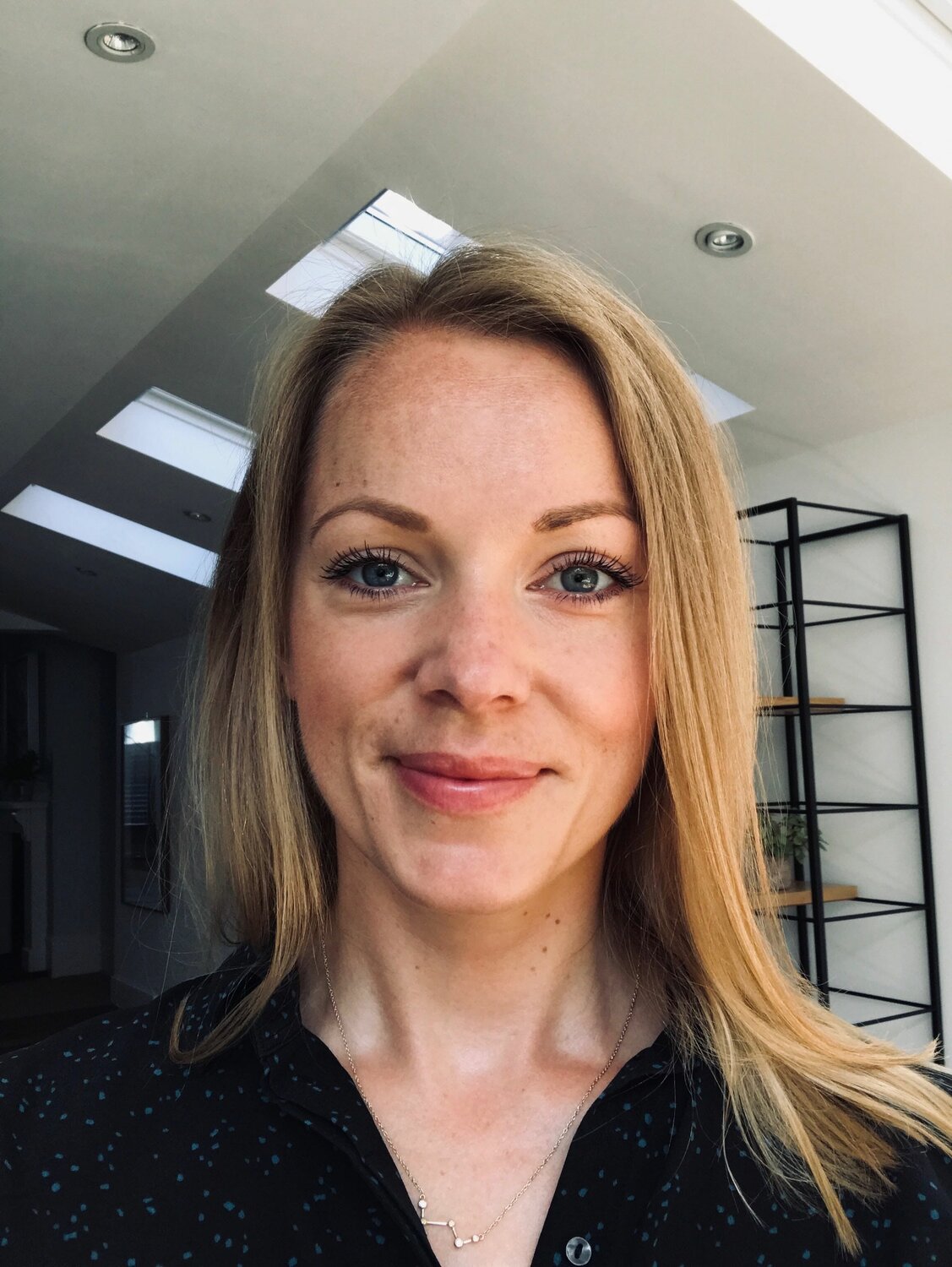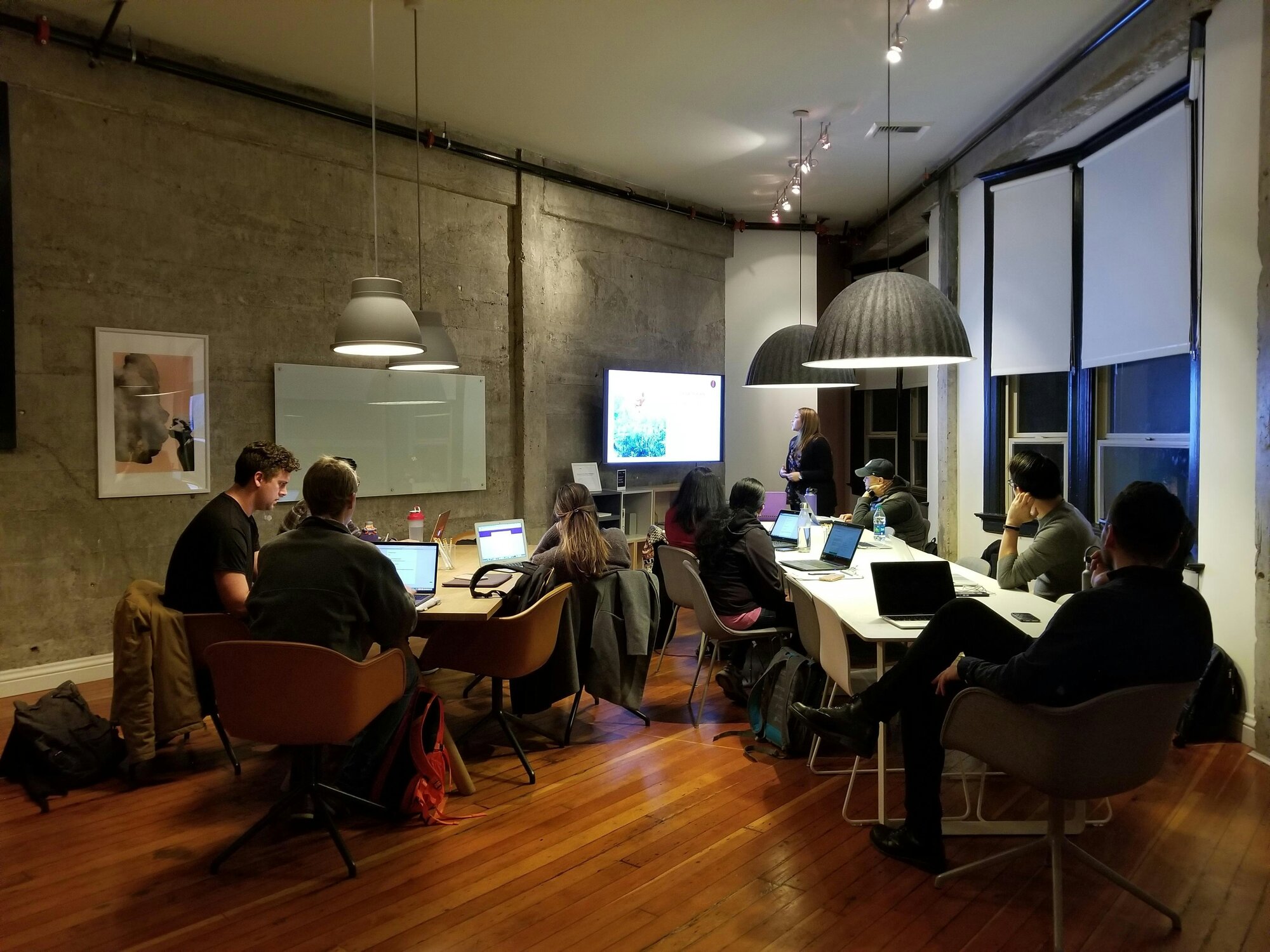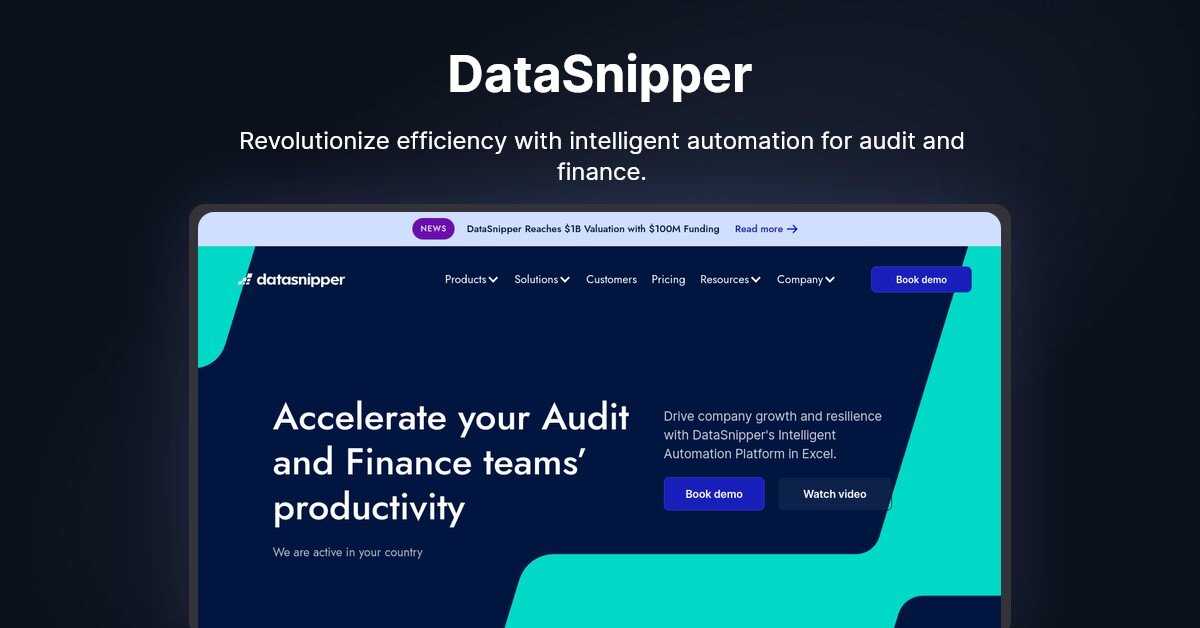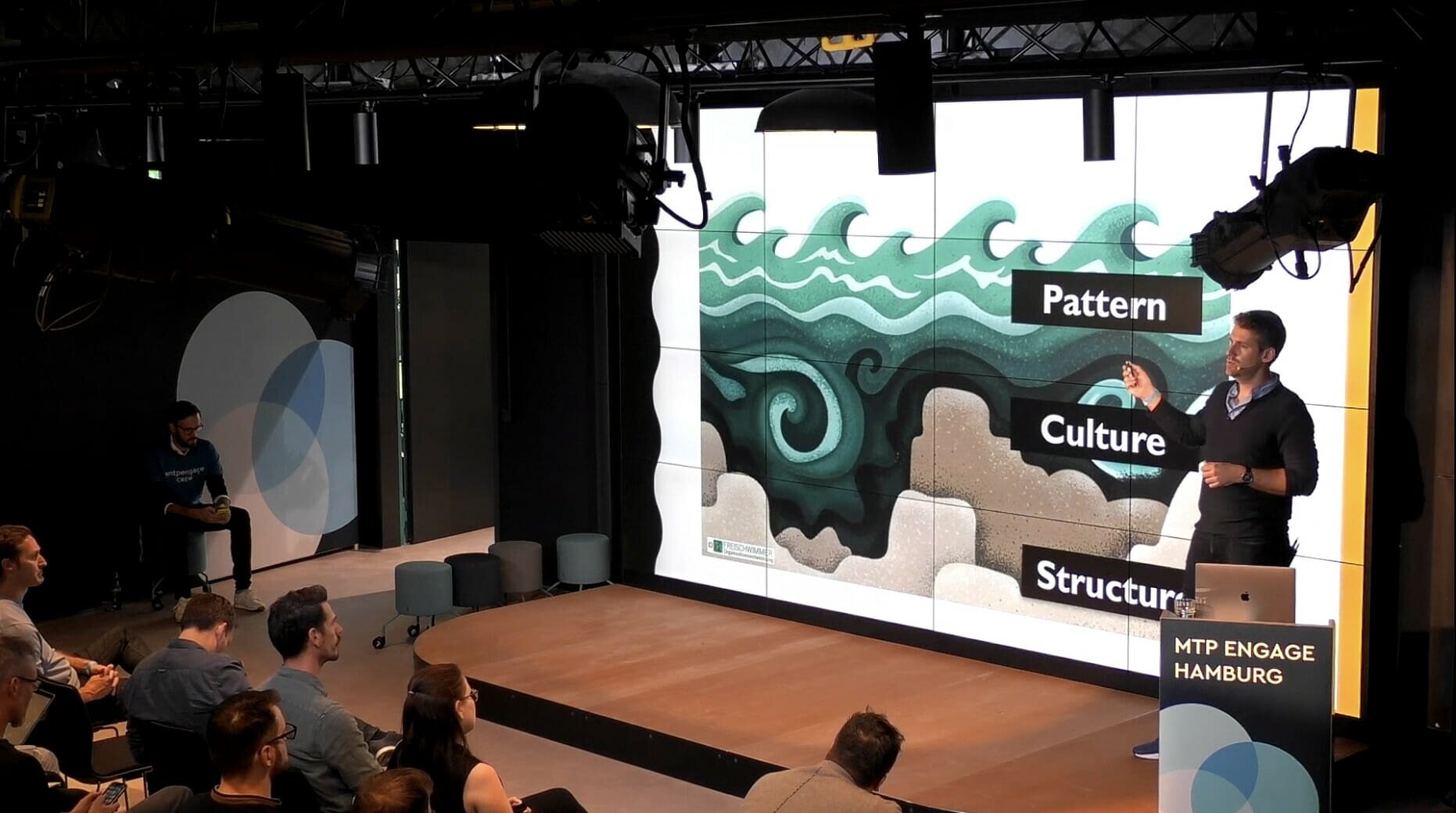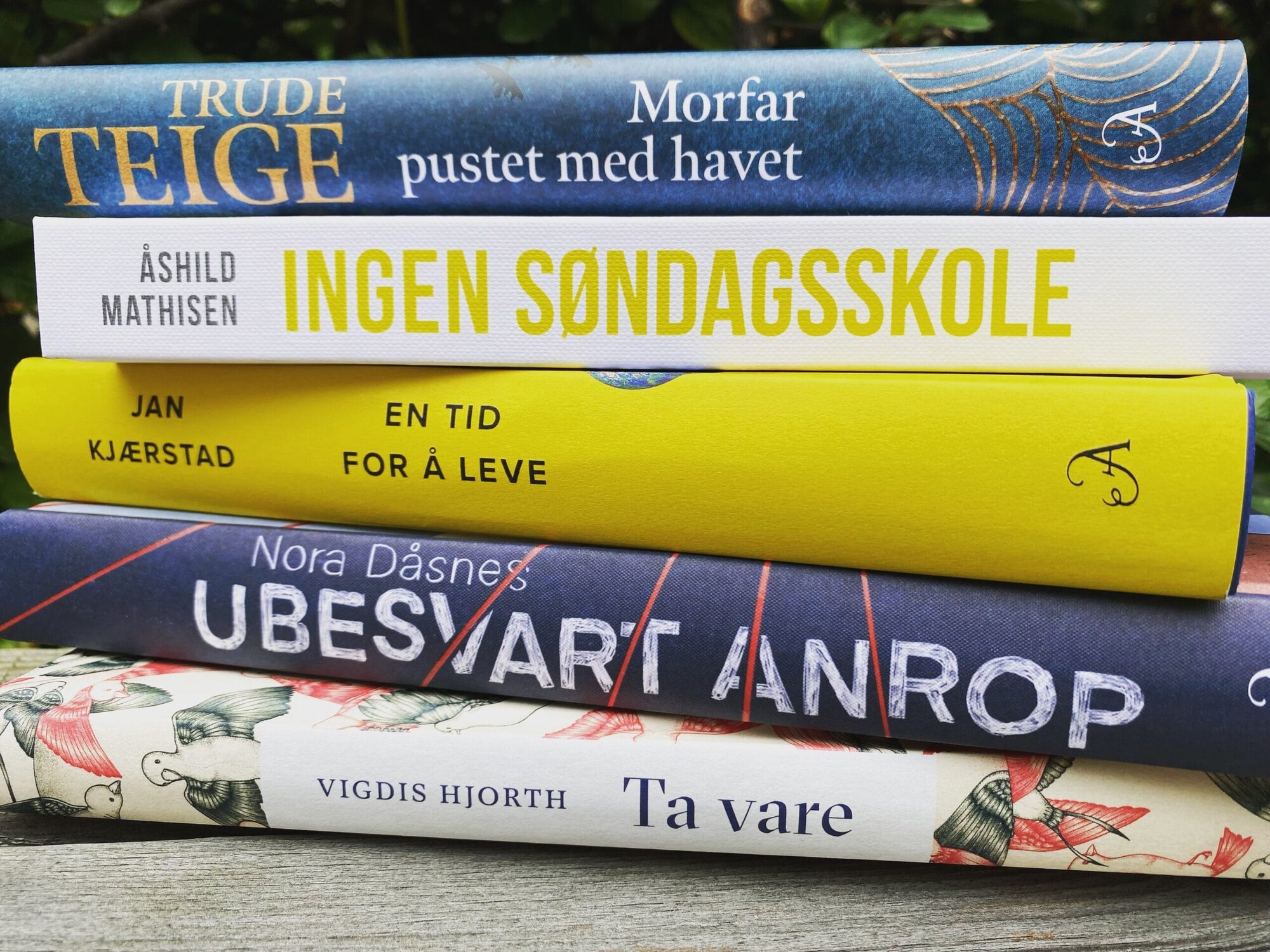In this exclusive MTP Leader Panel, Kate Leto, Petra Wille and Saielle DaSilva join Emily Tate to share their thoughts on hiring and developing product managers.
Watch the session in full or read on for some highlights including our panellist's take on what makes a good product manager, how to hire a junior, the importance of Emotional Intelligence, and how to evaluate candidates effectively.
What Makes a Good Product Manager
Timestamp: 3:10
Before you can hire or develop anyone, you need to know what you're looking for and with that comes an understanding of what a 'good' product manager looks like. "I think a good product manager, in short, is somebody who is always striving for clarity and seeking balance," says Petra. "That's clarity towards stakeholders, upper management, their team, the customers, clients." This she says requires the product manager to try to bring clarity to everything happening around them, listening to customers and trying hard to understand what's really valuable to them.
For Kate, it's a combination of technical and human skills that make good product managers great. On the technical side, she explains, a good product manager has a virtual toolbox of tools, tricks, methods, and processes that they use to try to solve complex problems. That, she says, need to be mixed with 'human skills'. "A great product manager has this sense of composition and they are looking at the team, making sure that each person is in the role where they contribute the best to the overall ingredients that we're trying to achieve," If a healthy product is like a symphony, she continues, a good product manager can use those human skills to make sure that everyone's marching along, keeping pace, and doing their part.
Hiring a Good Junior Product Manager
Timestamp: 7:13
We asked our panel how they go about hiring junior product managers and, more specifically, how they identify the transferable skills that are most likely to set them up for success in a junior product manager role.
Saielle provides an example of hiring a junior product manager from a music production background. "I focused on the transferable skills". "In the interview, I focused on his communication and specifically communication around things like "hey, here's an ambiguous problem', and 'here are some of the ways in which things might go wrong for you, how do you begin to unpick this? What's your thought process?'" This, she says, can help you to uncover an invaluable curiosity.
"That shows me that there's a junior with lots of potential and so I'm more likely to hire somebody like that over somebody who maybe he has a business analyst background, but isn't necessarily communicating or articulating clearly."
For Petra, finding ways to uncover the transferable skills you need is challenging but, she explains that candidates can sometimes hand them to you on a plate through the stories that they tell. "I was interviewing for junior product management role and I was trying to find something in the interview that could show to me they had some product management capabilities," she says. "At some point, he started to talk about skateboarding and that he was actually, for the local community, raising some money to create a huge skate park for kids, teens and young adults." The candidates approach to this project, she says, showed her that he had exactly the skills and talents she was looking for in a junior product manager.
The Importance Product EQ Explained
Timestamp: 11:20
In her #mtpcon talk The Secret Sauce to Hiring Great Product People, Kate explains the importance of emotional intelligence (EQ) in individuals and teams, and how it can be used to make better hiring decisions. EQ, as defined by science journalist Daniel Goleman, author of Emotional Intelligence, is “the ability to recognise understand and manage our own emotions" and is believed by many to be a more important indicator of success than IQ. On the panel, Kate tells us a little more about it.
"Product EQ is a concept that I've developed and I'm still developing," she says. "It's trying to bring the focus of product management, not completely away from our willingness to want to learn about technical skills, but it's more about the human skill side." This includes building self-awareness around what it is we bring to ourselves, our teams, our organisations, and our products. In hiring, she says, it's an "agent of change", a way to bringing EQ into your teams and organisations. "It's playing with a structure that already exists, and it's an outdated structure."
The first step in finding candidates with a high EQ is to focus on some of the most basic steps in hiring, the very one often being the creation of a role or job description.
"When I look at the job descriptions now, they just they get under my skin and they make my tummy kind of like tense because they're the same types of job descriptions that I applied to, honestly, about 20 years ago, nothing's changed." These job descriptions describe a certain set of skills, once that are almost always technical. "They're built on these must-haves and then your nice to haves, which are human skills, are kind of nice to have, but they're always very vague human skills."
Kate recommends that before you put a job description out into the world, you should ensure that it answers simple questions such as:
- What's the real purpose of the role?
- What's it accountable for?
- What's the role going to be working towards?
Once you know the answer to questions 1, 2 and 3, you can ask: 'what are that human and technical skills needed to deliver that?". Following that, says Kate, you can learn to interview for human skills too. "You can learn how to have conversations within your hiring team about 'are we really looking for human skills and finding the human skills that we've identified, or are we off track?'. From there, you learn to calibrate and reflect amongst yourselves, which kate suggest is also a useful exercise in building your own team muscle, and your own human skills.
Evaluating Product People
Timestamp: 17:20
How you evaluate candidates for a role is handled differently by different organisations and individuals. Our panellists suggest the evaluation techniques they've found to be helpful and effective.
"It depends on the situation, and the team that I'm hiring for, but what I find helpful is to always try to get them to work somehow." This, she says, might involve a whiteboard exercise "which, during Covid, can also be a way of testing remotes skills", or a take-home case. Petra also recommends reverse engineering from the product managers that are already in your organisation. "Think about why they are a great fit and what they are bringing to the table as you start a list of things you want."
For Saielle, the approach is different. During the hiring process, she has a number of very clearly defined check-ins such as what culture fit means for each role. "We have a table of things that we're looking for and if we don't hear something in an interview, we always give a candidate a chance to pick it up in the next interview," she says. "We have this kind of mantra of like, be stubborn about the principle, about the thing that you're trying to do, but flexible on the details of how you got there." As a result, if candidates this means that the method via which people choose to answer questions or show their work is flexible.
Saielle also recommends that you always appeal to a variety of learning styles and mindsets. "Some people are very extroverted and will thrive on presenting, but presenting isn't the only thing a product manager does. And you know, product managers are team players, which means that they might be able to delegate the parts of the job that they're weak to if they are working in a team, right?" Taking this approach means you can also look at your existing team to consider what gaps exist and where you have existing strengths. "You can always select four skills that maybe your product management candidate can be a little bit weaker at and places where they can develop or delegate. And I think that that's a really important factor in hiring too."
